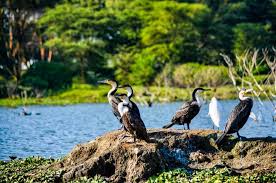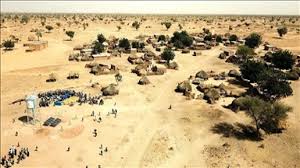Tanzania and Kenya have joined forces to protect the Mara River, a key water source that supports people, wildlife, and farming in both countries. This joint conservation strategy will help ensure the river’s long-term health and support efforts to combat climate change and environmental damage in the region.
The Mara River starts in Kenya and flows into Tanzania, passing through the famous Serengeti and Maasai Mara ecosystems. These areas are known for their rich wildlife and attract thousands of tourists every year.
However, the river is now under serious threat due to pollution, deforestation, and unsustainable farming practices.
Government officials from both countries met this week and agreed on a cross-border plan to protect the river. The plan includes restoring forest areas near the river, controlling waste and pollution, and educating local communities about the importance of protecting water sources.
“The Mara River is a lifeline for both humans and animals,” said an official from Tanzania’s Ministry of Environment. “If we lose this river, we risk losing biodiversity, tourism income, and the ability for future generations to benefit from this natural resource.”
Local communities living near the river will play an important role in the conservation efforts. They will be supported with training and tools to use more sustainable methods of farming and water use.
Environmental experts have welcomed the move, saying that joint efforts are the only way to save the Mara River, which does not follow political borders but connects both nations through nature.
The new strategy is expected to be implemented over the next five years, with regular reviews to ensure progress is being made.



